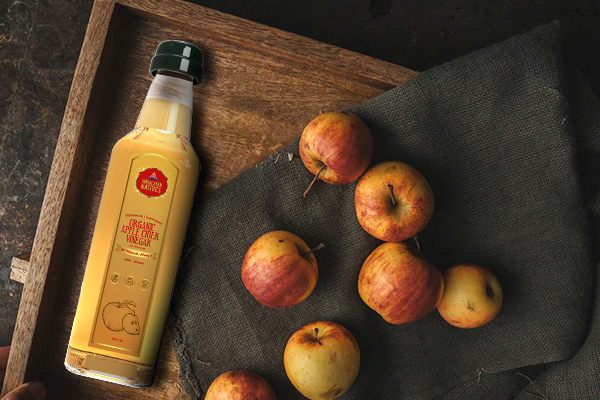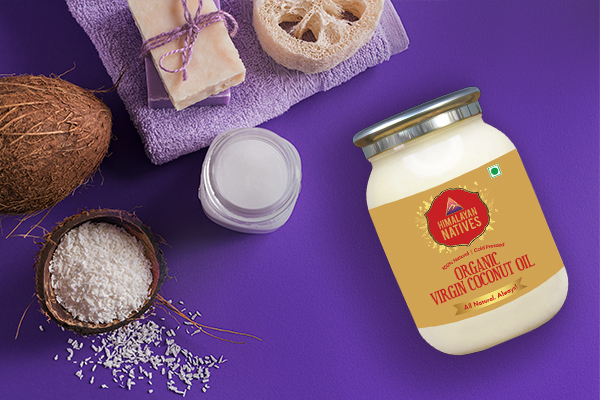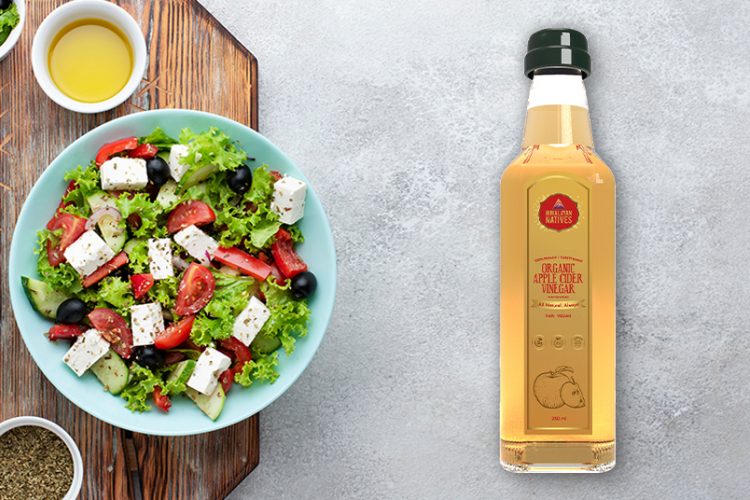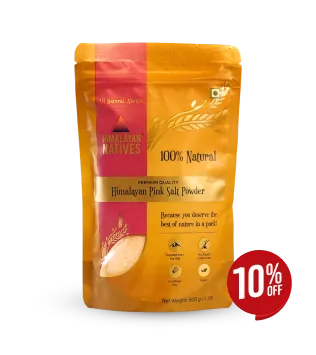
Why a Sustainable Meal Plan Matters
In a world where diet trends shift faster than fashion fads, the facade of instant results often diminishes what our bodies truly need: nourishment with purpose. Unlike the numerous quick-fix diets that promise instant solutions but leave us physically and mentally depleted, a sustainable meal plan is rooted in long-term well-being.
A sustainable meal plan for weight loss does more than count calories or cut carbs. It's considerate of your lifestyle — whether you're a mother juggling school lunches and work calls, or someone simply trying to build a healthier relationship with food. It considers your time, your preferences, and even your stress levels during the week.
In this blog, we will take a look at the various ways by which you can build your sustainable meal plan and how that can enhance your lifestyle one day at a time.
1. Understanding the Core of Sustainable Eating

When we speak of sustainability in the context of food, it's not solely about eco-conscious choices — it's also about creating a lifestyle that nourishes you long-term, both physically and emotionally.
One of the most effective first steps is swapping out rigid dietary rules for habits that support your body’s natural rhythms. A sustainable meal plan encourages mindful eating, portion awareness, and foods that keep you full and fueled without leaving you exhausted or mentally drained.
Central to this approach is choosing seasonal, locally sourced, and whole ingredients. Most importantly, to avoid burnout, a major reason why many abandon healthy eating, it’s crucial to keep your meals exciting. Rotate your recipes, experiment with global flavors, and add herbs and spices that bring life to your plate.
2. Set Clear Intentions Before You Plan

The most effective and sustainable meal plans don’t start in the kitchen; they begin with clarity. Therefore, ask yourself: Am I making a weekly meal plan to lose weight, save time, or eat cleaner? This question will help provide you with a clear reason behind your planning. While for some, it’s about nourishing the body after a period of imbalance. For others, it’s about reclaiming time and sanity on chaotic weekday evenings.
Once that clarity is in place, define your personal goals. Perhaps you’re seeking steady energy throughout the day, enhanced focus, or support with hormonal balance. Thus, whether you're aiming to stabilize blood sugar, cut back on late-night snacking, or simply eat more mindfully, knowing your why becomes the compass that guides every meal you prepare.
3. Build a Realistic Weekly Framework

Crafting a sustainable weekly meal structure means being intentional without being rigid. Here’s how to build a system that works for your lifestyle and not against it:
Create a Flexible Weekly Food Planner
Design a weekly food planner that aligns with your family's schedule — work meetings, school pickups, weekend outings, and such.
Choose a format that suits you. This could be a digital calendar, a handwritten table, or a meal planning app.
Let the planner act as a guide to your grocery shopping, taking the guesswork out of mealtime decisions.
Incorporate Themed Nights for Effortless Planning
Use themed meals like Meatless Mondays, Wrap Wednesdays, or Leftover Fridays to simplify decisions and add fun to your routine.
Themed nights reduce decision fatigue and keep your meals organized without being boring.
This strategy offers predictability while still leaving room for variety and creativity.
Reinvent Recipes from Your Healthy Diet Menu
Don’t ditch your favorite meals. Instead, turn them into a healthy diet menu for weight loss with simple swaps. For example, you can use quinoa instead of white rice and steamed veggies instead of fried sides.
These thoughtful updates help maintain a sustainable balance between enjoyment and nutrition.
4. Create a Balanced Nutrient Profile

For wellness, weight loss, or simply feeling more energized throughout the day, one truth stands tall: balance is everything. Here’s how you can achieve that.
Ditch Restriction, Embrace Real Fuel
Crash diet meal plans might promise fast results, but they often come at the cost of your energy levels, mood, and even metabolism. Skipping essential macronutrients can lead to increased cravings and blood sugar crashes.
Build Each Plate with Intention
A well-balanced meal should include the following:
Lean Proteins: Grilled tofu, lentils, cottage cheese, eggs, or fish support muscle repair and help maintain satiety throughout the day.
Healthy Fats: Sources like avocados, olive oil, ghee, and nuts help regulate hormones, support brain health, and enhance the absorption of essential vitamins.
Complex Carbohydrates: Opt for whole grains like quinoa, brown rice, millet, and sweet potatoes to ensure sustained energy release, rather than a midday slump.
This thoughtful combination helps stabilize blood sugar levels, minimizes mindless snacking, and creates a sense of fullness that lasts.
Make Balance Your Long-Term Strategy
When your meals are balanced, your body feels safe. You’re less likely to binge or overcompensate later, and more likely to experience consistent energy and mood stability.
Instead of obsessing over calories, consider how each ingredient supports your body’s needs and goals. The real transformation lies not in restriction, but in choosing food that empowers your health.
5. Shop Smart and Intentionally

Your grocery shopping is your first plan when building a healthy, sustainable meal plan. So, shop with intention and not impulse. Here's how to bring clarity, nourishment, and purpose to your weekly food haul:
Start with a Plan, Not a Craving
Before you enter the store:
Map out your weekly diet plan for weight loss
Highlight core meals and snacks in advance
List ingredients you'll actually use
Choose Ingredients That Do Double Duty
Maximize every item in your cart, for example:
Chickpeas can be used to make hummus, curry and salads.
Brown rice can be used to make bowls, stir-fry and burrito wraps.
Spinach can be used to make smoothies, sautéed sides and omelettes.
Prioritize Whole, Unprocessed Foods
Your body and your plate deserve better than fillers.
Look for:
Fresh fruits and vegetables in season
Whole grains like oats, quinoa, and barley
Lean proteins like eggs, tofu, chicken and legumes
Healthy fats like avocados, nuts, seeds, and olive oil
6. Prep Ahead, but Stay Flexible

Start with Your Goals in Mind: If you're following a weight loss meal plan, choose recipes that are nourishing, satisfying, and easy to portion.
Batch-prep: Cook in bulk, for example roasted veggies, grilled lean meats, or brown rice, and portion them into ready-to-eat containers for the week.
Freeze for Future Moments: Having a stash of healthy meals in the freezer (dal, sambar and roti dough) can be a total game-changer.
Keep It Flexible: Meal prep isn’t about control; it’s about ease. Didn’t eat that prepped quinoa bowl today? No stress — pizza night is part of the plan too.
Make Room for Spontaneity: Leave one or two nights in your plan open. This keeps your week adaptable and prevents burnout from rigid schedules.
Keep Ingredients Ready for Quick Swaps: Stock staples like canned beans, frozen veggies, and boiled eggs. They make it easy to put something healthy together — even when you didn’t plan it.
Balance is the Real Goal: A sustainable plan doesn’t mean eating clean every meal. It means making consistent choices that support your energy, mood, and lifestyle.
7. Evaluate, Adjust, and Repeat

Start by reviewing the meals that you truly enjoyed, both in terms of taste and how they made you feel. Keep in mind that a healthy meal should leave you feeling nourished, not depleted or restricted.
Keep things exciting and aligned with your lifestyle. Try to rotate new dishes into your diet plans every week. This not only prevents mealtime monotony but also ensures that a wider variety of nutrients and seasonal ingredients are on your plate.
Remember, the goal isn’t to chase perfection. It’s to stay in tune with your body, respond with care, and gently recalibrate as you go.
Sustainability is a Journey, Not a Destination
In the search for well-being, we are often chasing an unattainable idea of perfection — flawless routines, ideal diets, and uninterrupted discipline. But in reality, the base of a truly sustainable lifestyle rests not in flawlessness, but in consistency. So take a breath and allow your meal planning journey to be flexible, forgiving, and fulfilling.
For more such wholesome thoughts and blogs, follow Himalayan Natives on Facebook and Instagram!
Frequently Asked Questions (FAQs):
1. How do I stay consistent with a healthy eating plan when life gets hectic?
Answer: Consistency doesn’t mean rigidity. When life gets overwhelming, lean into flexible systems: prep simple base meals, keep nourishing snacks on hand, and remember that an imperfect effort is still progress.
2. What if I can’t stick to my meal plan every week?
Answer: That’s perfectly normal. Meal planning is a skill, not a static rulebook. There will be weeks where schedules shift, cravings hit, or energy runs low.
3. How can I tell if my meal plan is truly sustainable?
Answer: A sustainable, healthy eating plan should feel energizing, not exhausting. Ask yourself: Is it affordable long-term? Does it allow room for joy and spontaneity? Does it support your health without feeling restrictive? If the answer is yes, you’re on the right track.
4. Do I need to follow a different plan as my body or goals change?
Answer: Absolutely. As your body transitions through life stages, your nutritional needs shift too. A sustainable, healthy eating plan should be reviewed and refreshed periodically, ensuring it aligns with your current energy levels, health goals, and life rhythm.
5. How can I celebrate small wins without falling off track?
Answer: Whether it’s trying a new vegetable, reducing sugar, or consistently prepping lunches, acknowledge it. Celebrating doesn’t mean binging or undoing progress; it means honouring the effort behind your growth.
 HELPFUL0 people found it helpful
HELPFUL0 people found it helpful
Related Blogs
Subscribe to Our Blogs
and never miss on the latest update!

















